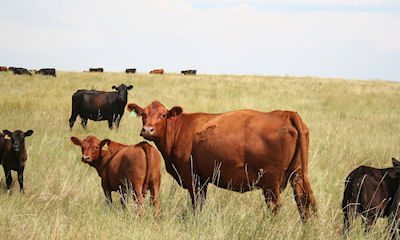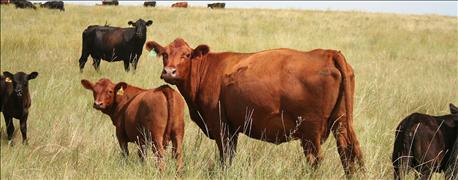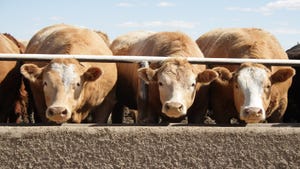September 13, 2016

Maximizing dry matter intake (DMI) is essential in allowing dairy cows to perform to their potential. Cows need to eat the ration as formulated, in the quantity required for their production level, and in a manner that ensures a healthy rumen.
Dry matter intake relies on the eating behavior of dairy cows, including:
· Meal frequency or meals per day
· Meal length (minutes per meal)
· Feeding rate (pounds consumed per minute)
· Meal size (pounds per meal)

Feed delivery frequency impacts dry matter intake
Frequency of feed delivery is one factor which influences cows’ eating behavior. A 2013 study looked at feeding management practices on 22 dairy farms in Ontario, Canada. All herds were housed in freestalls and fed total mixed rations. The researchers found differences in herds that were fed once per day compared to twice daily. Cows that received a second feeding per day consumed 3.1 pounds more dry matter and had 4.4 pounds greater milk yield. These results were similar to other research that showed feed delivery stimulates cows to access feed.
Another result of feeding twice per day was that less feed sorting occurred. When dairy cows sort feed, they usually are selecting for the finer and/or smaller particles. Since longer particles are a significant source of fiber, sorting increases the risk that cows will not consume adequate fiber to maintain healthy rumen function.
In a 2010 study of 50 freestall dairy farms in Minnesota, researchers measured fiber content of the feed in the bunk at regular intervals after feed delivery. The results indicated that feeding twice daily reduced the increase of neutral detergent fiber (NDF) content over time, compared to herds that fed once daily.
Consistent intake of fiber in adequate amounts throughout the day is expected to help support desirable milk fat concentration. In several studies, sorting against longer particles was associated with lower milk fat percentage.
Other factors associated with cows accessing the feed bunk are returning from the milking parlor and feed push-ups. Providing good quality feed at these times is important.
More frequent delivery of feed to dairy cows increases DMI, a key factor in achieving higher milk yield. Cows fed two or more times per day also have greater access to fresh feed throughout the day.
Lee writes for Michigan State University Extension
You May Also Like




